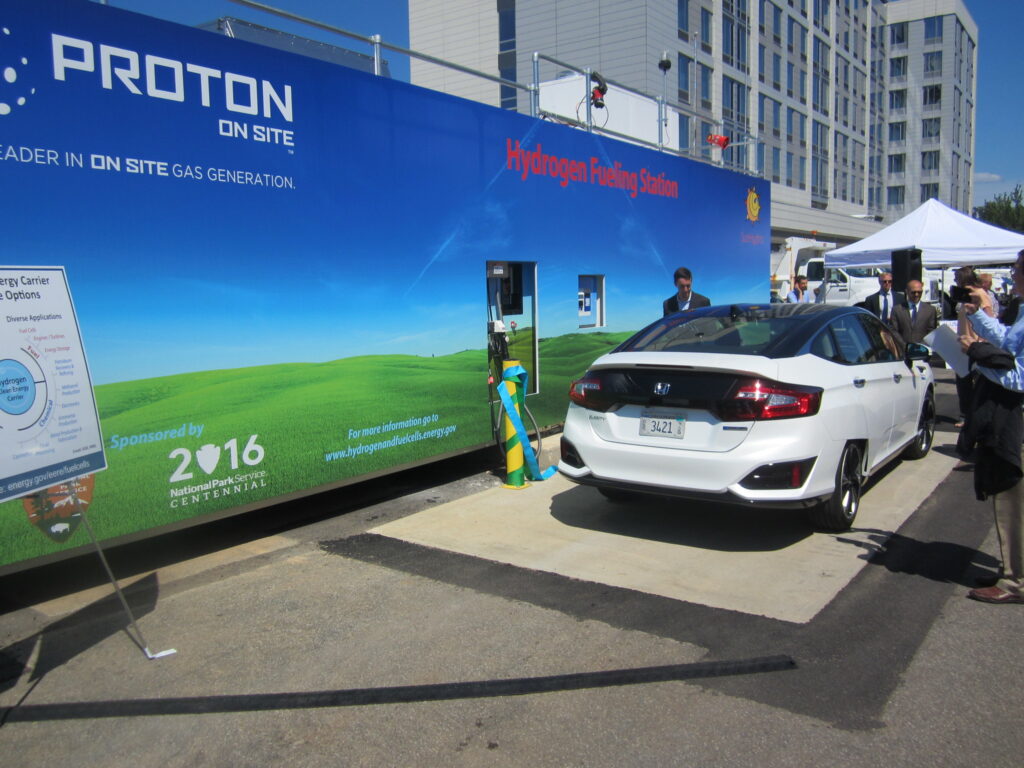
The U.S. Department of Energy (DOE) has recently granted close to $34 million to 19 research projects led by both industry and university sectors. These projects aim to advance innovative technologies that will enhance the accessibility and affordability of clean hydrogen as a fuel source for electricity generation, industrial decarbonization and transportation. The use of clean hydrogen-derived electricity aligns with the objective of achieving a carbon-neutral American power sector by 2035 and a net-zero emissions economy by 2050.
According to U.S. Secretary of Energy Jennifer Granholm, clean hydrogen plays a crucial role in reducing emissions and establishing a sustainable path towards clean energy. The DOE’s support for these projects will facilitate the progress of clean hydrogen technology, making it more cost-effective to produce and simpler to implement, while also fostering job creation.
Hydrogen serves as a clean fuel that can generate electricity through fuel cells or gas turbines, leaving only water and heat as waste products. Clean hydrogen production can be achieved by utilizing emissions-free electricity from sources such as wind, solar, geothermal and nuclear power, as well as from the conversion of tightly-contained natural gas and sustainably sourced biomass combined with carbon capture and storage. Presently, the majority of hydrogen produced in the U.S. stems from natural gas without the capture and storage of carbon dioxide, resulting in substantial emissions. The promotion of clean hydrogen production is thus vital in combatting climate change.
One of the selected projects, led by Virginia Tech, focuses on exploring the potential for subsurface hydrogen storage in depleted gas fields in the Appalachia region. This involves sites like Berea, Big Lime and fractured Marcellus. The goal is to establish sizable hydrogen storage capacities within these depleted gas fields, eliminating the need for extensive surface storage infrastructure. This approach could ensure the availability of clean energy, especially during times of low supply and high demand. The implementation of this technology can lead to increased energy accessibility, reduced energy costs, more clean energy jobs and a decrease in energy-related challenges, particularly in underserved Appalachian communities.
The project receives funding of $1,499,999 from the DOE and an additional $375,000 from non-DOE sources, making the total value of the project $1,874,999.
